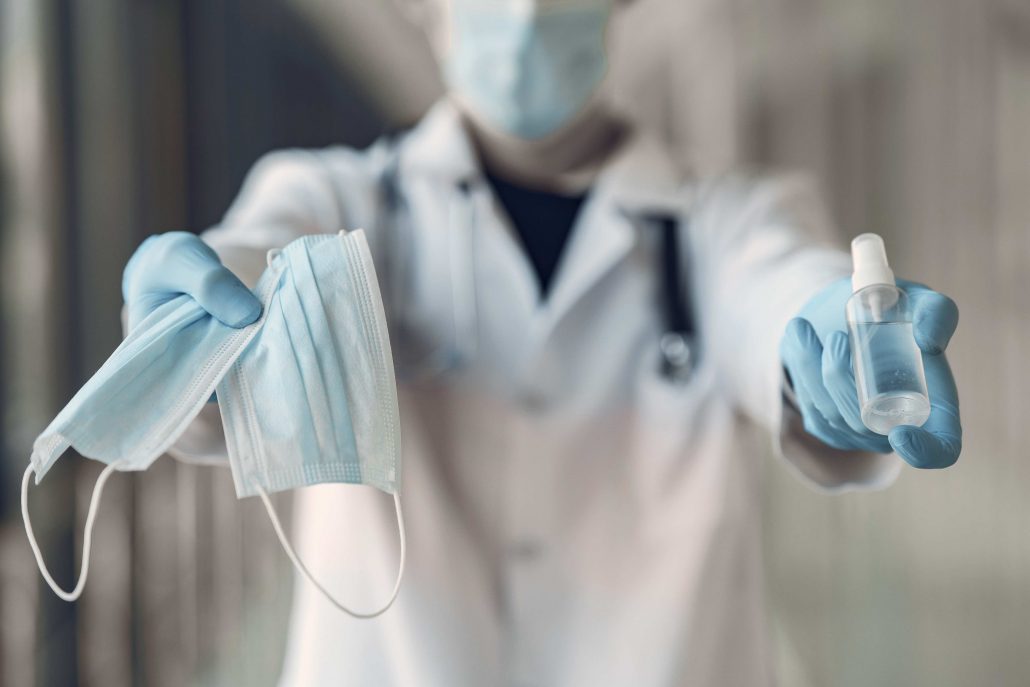
Table of Contents
Important health tips in the prevention and control of Corona virus
The following article has been collected based on the latest information published from reputable sources until 12/8/99, and will definitely need to be completed or revised in the coming days and months with the release of newer findings. We hope that reading this article in response to the many questions that have been posed to many of us these days, as well as clarifying the ambiguities in the need and how to follow preventive health recommendations for COVID-19, will be helpful, wishing health and well-being to all Iranians. .
Coronaviruses were identified many years ago in the 1960s as the cause of bronchitis in chickens and later as the cause of transient colds in the nasal cavity of patients, and because of their role in causing brief respiratory infections, a small portion of virology reference books Were dedicated to themselves. The name of these viruses is due to the presence of receptors on the outer cover or Envelope (Envelope) that give the virus a sun-like appearance because in Latin Corona means crown. This viral family has 4 genera: alphaacronavirus, beta-coronavirus, gamma-coronavirus and delta-coronavirus. (1,2)
These nm (80-160 nm) viruses have a single-stranded RNA-positive genome with a length of 27 to 34 kb, which is the largest genome among RNA viruses. The genome is packed inside a 20-sided capsid, and on the outermost part of the virus is a layer of phospholipid, or envelope. The virus obtains this phospholipid coating from the host cell membrane. Then inside this membrane are viral glycoproteins, one of whose functions is to bind the virus to receptors on the surface of the host cell, and the protein portion is encoded by the virus itself. And is made in the host cell.
In terms of host spectrum, the hosts of these viruses in nature range from warm-blooded bird vertebrates such as bats, turkeys and other birds that are the best hosts of the virus to cattle, dogs, cats, pigs; Includes horses and humans. Throughout evolution, the viruses of this family, like other viral families, have been transmitted and split from one host to another by their common conscience. For example, bovine coronavirus and canine coronavirus were derived from their common ancestor in 1951, or bovine coronavirus and human coronavirus OC43 were separated in the 1890s. Coronaviruses OC43, NL63, HCoV-229E, HKU1 are always circulating in the human population and are known to cause short-term colds.
These viruses, through their surface glycoprotein, which is located in the nanolope, and in some genera of this family, such as the beta-coronavirus, hemagglutinin esterase (HE), turn into a receptor on the surface of cells called angiotensin-converting enzyme 2 (ACE2). They are connected, which is mostly expressed in the walls of the arteries. (1,2)
In 2002, an outbreak of severe acute respiratory illness, or SARS, occurred in Guangdong, China, with a mortality rate of 10%. Outbreaks of Middle East Respiratory Syndrome in 2012, 2015 and 2018 Attention of health centers such as the Health Organization
It put the world and the people of the world at risk of spreading these viruses. The MERS virus initially had little human-to-human transmission capacity, but gradually increased its ability to spread from person to person, leading to deadly epidemics. In December 2019, a Korean man returning from Saudi Arabia fell ill and went to several hospitals for treatment, leading to a widespread epidemic in South Korea with an estimated 34.5% death toll.
Researchers have speculated about the origins of the SARS epidemic, including the market for live animals for food in China’s Huanan, which were the first cases of people coming and going in the market as the outbreak of the virus. Introduced between animals and humans.
The Mers virus has also been reported to have originated in the Arabian Peninsula and has been identified in the camel population of many countries. It is likely that direct contact between humans and camels over the years has led to a change in the virus’s ability to transmit it to humans and cause disease. A phenomenon that is also known for many viruses and is called “breaking the host barrier” and as a result of which the virus will be able to be transmitted from one host to another. This phenomenon guarantees the stability of the virus in nature.
Disease caused by both SARS and Mercus viruses with an incubation period of about 2 to 14 days is associated with similar symptoms such as fever, cough, and shortness of breath. Diarrhea, nausea / vomiting are also symptoms that have been reported in some patients. In general, the symptoms of “Mers” are more severe than “SARS”. Thank you.
Elderly people as well as people with underlying diseases such as cancer patients, diabetics, kidney patients, chronic lung patients and chronic heart patients at high risk of infection with SARS-CoV, MERS-CoV, SARS-CoV viruses There are 2
The new coronavirus, or SARS-CoV-2, is named after a combination of Severe Acute Respiratory Syndrome and the virus family, Coronaviride. Virological aspect of this virus in the family Rbiviria, “Rbiviria”, filet “Incertae sedis”, order “Nidovirales”, family
“Corona viridae”, genus “Betacoronavirus” and subgenus “Sarbecovirus” are classified.
Rhinolophus sinicus
But the SARS-CoV-2 virus, the cause of COVID-19 or Corona virus Disease 19, was reported from Wuhan, the capital of Hubei Province in China. Like SARS, its probable source was the seafood market in Huanan, China. Comparative studies of the genome sequence of this emerging virus on 5 samples in January 2020 showed that the genome of this new virus is up to 80% similar to the corona virus genome of a type of bat called up to 80% and the genome of another bat called Rhinolophus affinis to 96%. Subsequent studies by scientists in Guangzhou, China, showed a 99% similarity between the genome of the new virus and the corona genome of the mammalian pangolin virus. Further research into the origin of SARS-CoV-2 indicates the occurrence of coronavirus recombination in pangolin, although further studies are ongoing in other mammals.
It has previously been suggested that coronaviruses bind to host cell receptors called angiotensin-converting enzyme 2 (ACE2) through the glycoproteins they contain. It is interesting to note that studies have shown that the SARS-CoV-2 virus binds to these receptors at the level of human cells with more potency and affinity than its predecessor virus (13-15).
Ways of transmitting and preventing SARS-CoV-2 virus
Coronavirus disease (COVID-19) technical guidance: Infection prevention and control The virus is transmitted through droplets or respiratory droplets as well as contact of a healthy person with a sick person. Droplets, or respiratory droplets, come out of a person’s airways when they sneeze, cough, or exhale.
If a person has a viral illness, these drops will contain viral particles. Because these airborne droplets are heavy, they are not able to travel long distances (about 1 meter) and quickly settle on surfaces or the ground, so anyone with a sneezing or coughing symptoms is less than a meter away. However, according to the World Health Organization, wearing a mask without observing other safety precautions, such as frequent hand washing or disinfection with alcohol, is “not enough” to prevent the disease!
The World Health Organization also emphasizes that the use of masks in situations where a person is infected with the SAR-CoV-2 virus and is not in contact with infected people, in addition to imposing costs, can be detrimental to human health. At the same time, not observing hygienic points such as frequent hand washing, especially before wearing the mask, or incorrectly wearing the mask, such as not adjusting the mask with the face in a way that can not prevent the exchange of respiratory droplets, will lead to greater health risks.
Contact with equipment or surfaces that the patient has been in contact with is also known as a way of transmitting the virus. So far, there is no scientific evidence that the virus can be transmitted from farm animals or pets to humans, although the World Health Organization recommends avoiding contact without gloves, and hand contact with soap and water should be avoided. Be washed.
Transmission of the SARS-CoV-2 virus to humans was most likely carried out by a mediated animal, and research is ongoing to find this mediator. Transmission through the consumption of meat or other animal products in this disease (COVID-19) has not been observed in the same disease as its cognate diseases, SARS and Mers, but the persistence of the virus on raw foods has led the organization to avoid eating raw foods. Or strongly recommend foods that are not fully cooked.
On February 21, a report was published identifying the virus in the feces of COVID-19 patients. Although we have to wait for more confirmatory reports, the possibility of the virus spreading from the feces could also suggest the route of fecal-oral transmission, or rather fecal-mucosal transmission. In this case, frequent hand washing with soap and water or disinfecting them with alcohol will play a very important role in preventing the disease (16). However, on February 24, another study on two Chinese patients showed that the SARS-CoV-2 virus Stools and urine of patients with COVID-19 have not been identified, and the amount of virus in sputum was higher than in swab throat samples (17).
The incubation period of COVID-19 is reported to be between 14-2 days, during which time a person is able to spread the virus through respiratory droplets without symptoms.
Symptoms include fever, cough, which in most cases is a dry cough (without sputum), body aches and shortness of breath, a feeling of heaviness in the chest, and gastrointestinal symptoms such as diarrhea, abdominal pain, and vomiting are seen in 2% to 2% of patients. (18)
WHO recommends wearing a mask: Wearing a mask outdoors, indoors, and in health care settings is highly recommended in the event of an outbreak of SARS-CoV-2 virus in these areas.
Characteristics of SARS-CoV-2 virus, stability in the extracellular environment and materials and methods of inactivation
The virus is stable for up to 2 days in freez conditions at -20 ° C.
Because the Mers virus, which is a family member of the SARS-CoV-2 virus, survives in the refrigerator at 4 ° C for up to 72 hours, it is estimated that the virus can persist in the refrigerator for up to 72 hours.
SARS-CoV and MERS-CoV viruses survive on surfaces based on a combination of environmental conditions such as temperature, humidity and light for several days, and SARS-CoV-2 virus on metal, wood, glass, paper and surface surfaces. Plastic survives in the range of 2 to 9 days.
The virus on the surfaces is easily killed with 60 to 70% ethanol, 0.5% hydrogen peroxide (oxygenated water), 0.1% sodium hypochlorite within 1 minute. Solutions containing 30% propanol, plus 0.5-2.5% glutaraldehyde, formaldehyde 0.7-1% and povidone iodine 0.23-7.5% rapidly inactivate coronaviruses. Household appliances such as Vitex with very low concentrations (about 0.21%) are able to thoroughly clean surfaces containing the virus.
Other solutions, such as 0.05-0.2% dilution of benzalkonium chloride, or 0.02 solution of chlorhexidine digluconate, have been less effective in killing the virus (19,20).
WHO recommendations for healthy people not infected with the SARS-CoV-2 virus
– Avoiding unnecessary presence in the crowd and on the street.
Maintain a distance of at least 1 meter with people who cough or sneeze.
Disinfect your hands with alcohol or alcohol pads if your hands are not clearly dirty.
If your hands are clearly dirty, wash your hands thoroughly with soap and water so that all corners of your hands are washed.
If you have sneezing or coughing, cover the front of your mouth and nose with a full elbow or use a tissue. After sneezing or coughing, quickly put the tissue in the trash and wash your hands with soap and water or disinfect it with alcohol. Avoid contact with nose and mouth.
The use of the mask is not recommended for healthy people who are not in a virus-infected environment or in close proximity to a sick person. However, in countries that have special habits such as salivation, etc., the use of masks for healthy people can be recommended.
The World Health Organization recommends people with suspected SARS-CoV-2 infection
If you suspect an infection with SARS-CoV-2 and have mild respiratory symptoms:
– Disinfect your hands regularly with soap, water and alcohol.
– At least 1 meter away from other people.
– Use the mask immediately and continue using the mask if you tolerate it.
– If the use of the mask is not tolerable, carefully cover the mouth and nose when sneezing or coughing.
– All used items such as masks, paper towels should be immediately thrown in the trash and hands should be disinfected immediately.
– Leave the windows open to maintain air flow in the room.
WHO recommends to sick people
If you feel fever, cough or difficulty breathing, apply the mask immediately and go to a health center immediately.
If you do not have access to centers or in areas where hospital beds or proper health care are not possible, the first step is to isolate or isolate the patient from others.
WHO recommends care for patients suspected of having SARS-CoV-2 infection with mild respiratory symptoms
Disinfect hands with alcohol if the hands are not clearly dirty and wash hands thoroughly with soap and water if the hands are clearly dirty.
Keep at least 1 meter away from the sick person.
Use a mask when you are in a room with a sick person.
Immediately dispose of items used by the patient, such as paper towels, in the trash and immediately disinfect your hands with alcohol or wash thoroughly with soap and water.
Leave windows and doors open for full airflow.
Recommendations from the World Health Organization to medical staff infected with the SARS-CoV-2 virus
Be sure to wear a mask while in the triage or waiting room or on your way to the hospital.
Wear a mask while you wait for your test results.
If you are in a lonely and isolated room, you do not need to use a mask, but in case of sneezing with a cough, follow the hygiene tips carefully so that the room space is not polluted. Then immediately disinfect your hands with alcohol or wash your hands thoroughly with soap and water
Recommendations of the World Health Organization to the staff of medical centers
Be sure to wear a mask when entering the room of a patient or person suspected of being infected with the SARS-CoV-2 virus.
When performing operations that produce respiratory secretions or aerosols, such as tracheal intubation, non-invasive breathing techniques such as attaching a ventilator, tracheostomy, cardiopulmonary resuscitation (CPR), and artificial respiration before intubation, be sure to wear masks. Use approved specialties such as N95, FFP2 which is approved by the EU standard or masks with performance like these.
WHO recommendations on how to use and dispose of the mask
If you need to use a mask, how to wear the mask and put it on the face, as well as how to dispose of it is very important in preventing infection with the virus and also preventing the spread of the virus in the environment.
When wearing the mask, make sure that the mask is completely on the nose and mouth, close it tightly and there is no distance between the mask and the face.
Avoid touching the mask separately while it is on the face.
When removing the mask, be careful never to remove it from the front of the mask, but remove the mask from the face by removing the straps or releasing the back straps.
Immediately disinfect your hands with alcohol after removing the mask or in contact with a used mask, and if your hands are clearly contaminated, wash your hands thoroughly with soap and water.
If the mask is damaged or wet, apply a new mask immediately.
Never reuse disposable masks.
Immediately after each use, the mask removed from the face should be thrown in the trash.
The use of cloth masks and gas masks made of light, high-pore tissue (a structure similar to the gauze used for wound dressing) is not recommended under any circumstances (18,19).
In the following, we will introduce the types of the most widely used masks:
Ordinary cotton masks or face masks or: Gauze masks are thin masks that cover the mouth and nose
They cover but are not firmly fixed on the face. They are usually closed with a strap or strap behind the head. These masks are by no means recommended to prevent the transmission of the virus
Molded face masks are relatively thick masks that cover the mouth and nose with their prominent shape and are fixed with a drawstring on the back of the head. These masks are not recommended by the World Health Organization to prevent the transmission of SARS-CoV-2 virus.
Surgical masks: These types of masks are most used in the operating room and during patient care to prevent infection in the patient.
First: Before wearing the mask, wash your hands with soap and water or disinfect them with 70% alcohol.
Second: Note that the white side has a filter. So if the person is sick, he should wear the white side of his face so that the respiratory drops caused by sneezing or coughing are not scattered in the environment.
If you want to protect yourself from other possible respiratory droplets, put the blue side of the mask on your mouth and nose.
Third: The mask should be well adjusted to the face so that respiratory droplets do not get out.
Fourth: The time to change the mask depends on how wet it is. The mask should be replaced whenever it feels moisturized. This time is usually about 2 hours for surgical masks. Of course for staff
Hospitals and physicians should change masks after each patient visit.
Fifth: Masks can not be reused or washed in any way.
Sixth: Remove the mask from the face without contact with the front of the mask and throw it in the trash after removing the mask. Then the hands should be disinfected with alcohol or washed with soap and water
N95 masks: N100, N99 These masks have high protective properties so that they are able to enter about 99, 95 and 99.97% of fine particles such as dust, fungal spores and many viruses up to 0.3 microns and droplets, respectively Respiratory (virus-containing) and their use is recommended in cases of “pandemic” respiratory diseases in physicians and hospital and laboratory personnel who deal with patients and respiratory samples of patients
They can be used for up to 8 hours, but can also be used if the mask is not physically damaged or its filter has not changed in terms of flexibility. Replacement of these masks is also mandatory in cases of close contact with patients with respiratory infections, in cases where the mask is contaminated with respiratory droplets, body fluids or blood, these masks are vulnerable to oil and lose their properties completely. In addition to having another type of mask called P100
The protective properties of N95 masks are also impermeable to oil.
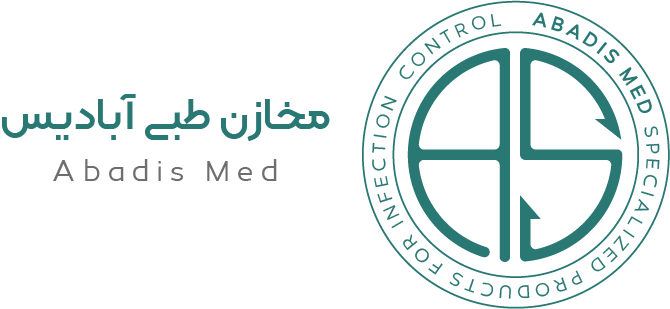




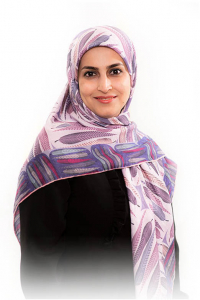

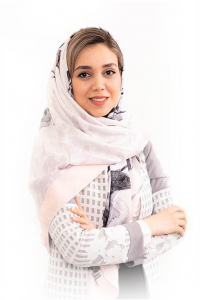

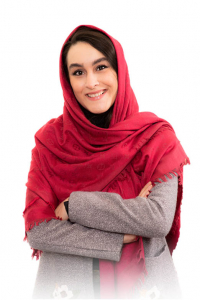


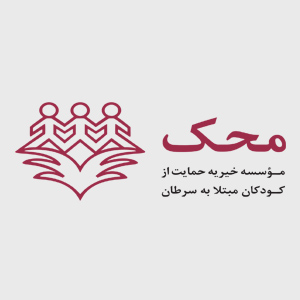





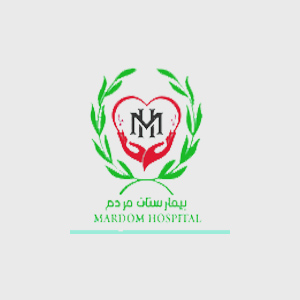
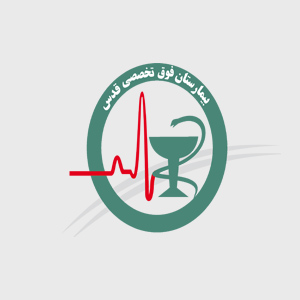
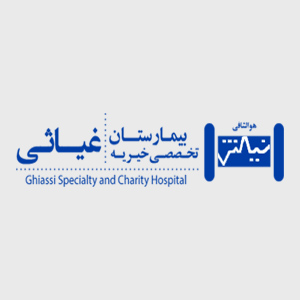
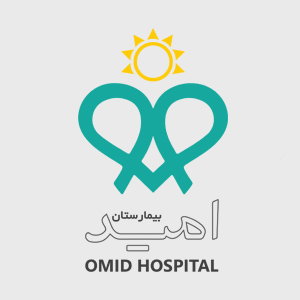








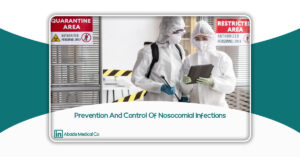
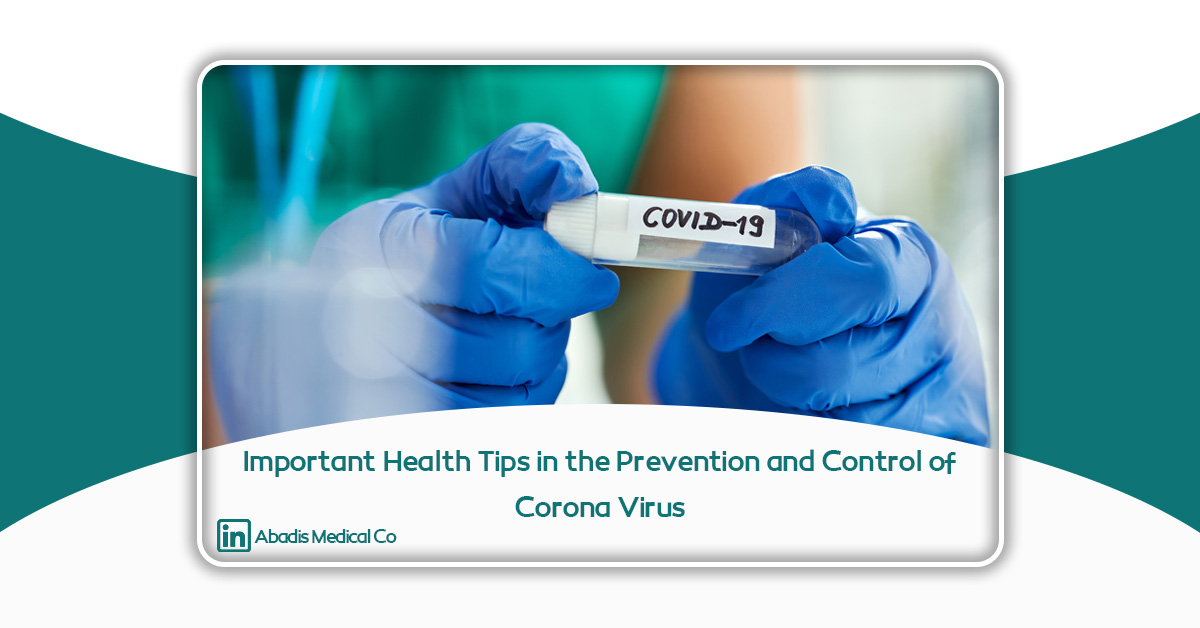
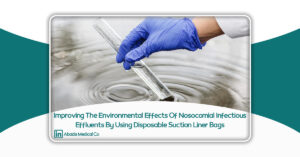
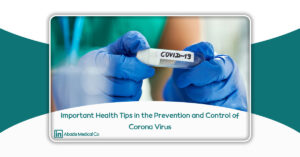
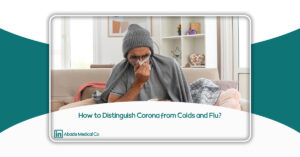
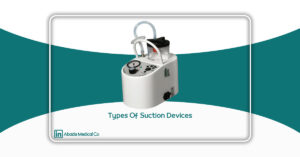
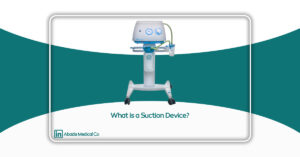
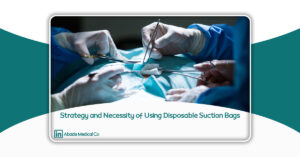

One Response
good